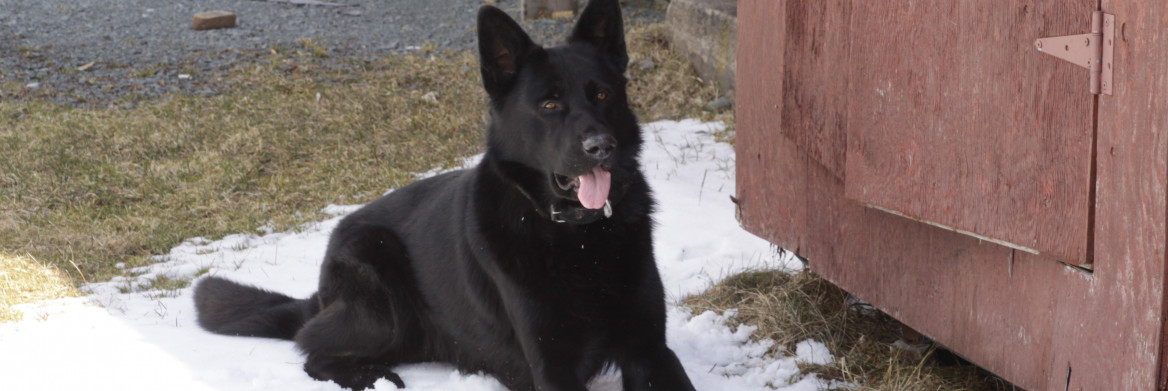Doc smells what most of us can't. His nose is sharply attuned to detect human remains that can be years — or decades — old. He is the RCMP's first and only cadaver dog, trained to help with older missing persons cases.
Related links
"All the RCMP dogs that are trained across Canada from Newfoundland to B.C. will find human remains, but they don't have the cadaver training," says Sgt. Rick Bushey, co-ordinator for RCMP Police Dog Services in Nova Scotia. "If you had an area where you thought there was a body buried that was two to three years old, that's where cadaver dogs come in."
Doc trained with a new profile of smells. While other RCMP dogs are taught to sniff out drugs or explosives, Doc is trained to detect the full spectrum of human scents over time.
"Whether it's been three years or 30 years, technically the dog should be able to find it," says Cst. Brian Veniot, Doc's handler. "The dog is a tool to find evidence, or rule out leads in a homicide investigation."
The five-year-old German Shepherd joined the force in 2011, when he was trained to look for explosives at the Halifax airport. At the suggestion of Bushey, Doc and Veniot completed four months of training with the Human Remains Detection Program in Nova Scotia to become the first certified RCMP cadaver dog team last summer.
"My dog can detect something that's been buried, that's in gravel, even in the water," says Veniot. "Even in wet ground with sod over it, where there's no evidence of anything being there, he hits it easy."
To help train Doc, Veniot partnered with Nova Scotia's chief medical examiner, Dr. Matthew Bowes. The training was possible thanks to residents who donated tissue through the province's Centre for Forensic Medicine.
"If you've lost a loved one, at the very least you want them back and you want closure," says Bowes. "If we know that a body has gone missing, we now have another tool in our toolbox to locate that individual."
Doc worked on 16 cases in 2015, and while he hasn't found anything, he's been used to rule out locations of interest in most of these files. He's currently working with RCMP across Atlantic Canada.
"The goal is to find something that someone is trying to hide," says Veniot. "If there's something under his nose, he's going to tell me it's there."
